May 16 - 22, 2022 is American Craft Beer Week and we are here for it. Independent brewers across the country are celebrating with special events, limited edition brews, contests and more! It's the best week of the year to explore your local craft breweries — did you know most Americans live within 10 miles of a craft brewery? Check out this Brewery Finder from CraftBeer.com to find the ones nearest you.
You can bet the folks here at Crafted ERP are raising a glass (or a few) this week to toast our many independent craft brewery clients who depend on our cloud-based ERP solution to take their business to the next level. We're pretty passionate about beer around here so, in celebration of American Craft Beer Week, here are our Top Five Most Fascinating Beer Facts:
1) The First Brewers Were...Witches?

Well, sort of. If you found yourself in a European market circa 1450 and fancied a pint, you would be looking for a woman in a tall hat, probably stirring a cauldron, possibly with a feline friend nearby. Sounds like a popular Halloween costume, eh? Actually the woman in question would have been known as an alewife. Her pointy hat helped her make herself visible to thirsty customers in the town square and her cauldron was the vessel of choice for transporting her brew. The cat was probably employed keeping mice away from the alewife's grain stores. These enterprising women were easy targets of witch hysteria once The Reformation reared its ugly head in the 1600s allowing men to commandeer the trade — an imbalance in the industry which sadly has persisted right up until today. There is some contention among academics about the attribution of the witch iconography and the interpretation of events, the fact stands that women were the world's original brewmasters and many an alewife found herself persecuted during The Reformation. Read more about the history of alewives and how women fell (or were pushed) out of the industry) in this article at Smithsonian Magazine.
2) The Chicken or the Egg?

Or, more importantly, the bread or the beer? Think back to middle school and learning about the Fertile Crescent located in the modern day Middle East. Ancient humans settled here thousands of years ago and engaged in the first instance of purposeful agriculture, the growing of grain. This is known as the Agricultural Revolution and, in every sense, it marks the beginning of civilized culture as we know and define it. What you probably learned in school was that this grain was grown primarily and principally for making bread. But, according to Michael Jackson, the author of World Guide to Beer, “there is a perfectly respectable academic theory that civilization began with beer.” Does civilization itself owe its existence to...beer? The answer to that is still up for debate, but a good argument can be made for the "Beer First" theory — archeological digs at some of the earliest known sites have uncovered tools and even traces of early grain species that support the idea that the grain in question was meant for fermenting into beer. And since beer was both an excellent way to store grain long term and an efficient way to get something calorie-dense into your diet, the theory can't be ruled out. Read all about it here.
3) The World's Most Alcoholic Beer?

Most domestic beers in the US have an alcohol content between 5 and 14% ABV, with craft beers usually being on the stronger side — generally above 8% ABV. But there does exist a beer that rivals most liquors when it comes to alcohol content. The aptly named Snake Venom from Scottish brewery, Brewmeister, packs a quite a wallop at 67.5% ABV! Created as the result of challenge the company set for itself, this beer comes with the following warning from the makers: "!! WARNING !! This beer is not for the feint-hearted, it is recommended to enjoy in small doses of 35ml measures. We are not responsible for the risks you may take and don't encourage you to be the hard man!"
4) Want to Go Full-On Scrooge McDuck in a Pool of Beer?

Well, at this brewery in Austria, you can! Austrian brewer Starkenberger's Castle features the “world’s only beer-swimming-pools" — seven 13-foot pools of warm beer, each containing around 42,000 pints. Visitors can relax in the pools, hot springs style, immersing themselves in the vitamin and calcium-rich beer said to be good for the skin. Note to selves: Let's not drink the beer with dozens of tourists floating around in it.
5) You've Heard of the Science of Beer, but...the Archaeology of Beer?

In 2019 archeologists and a team of microbiologists embarked on a novel kind of archaeological dig and subsequent experiment. Yeast, which is apparently practically immortal, was recovered from 3,000 year old Sumerian jugs and used to ferment newly brewed beers and meads. Archaeology professor at Bar-Ilan University in Israel and excavation director Aren Maeir said, “It’s actually a pretty good beer." Plus, no one died after tasting it, nor where any ancient curses unleashed — we're going to consider that a win. So will the resurrection of ancient yeast be the future of creative craft brewing? Let's stay tuned!
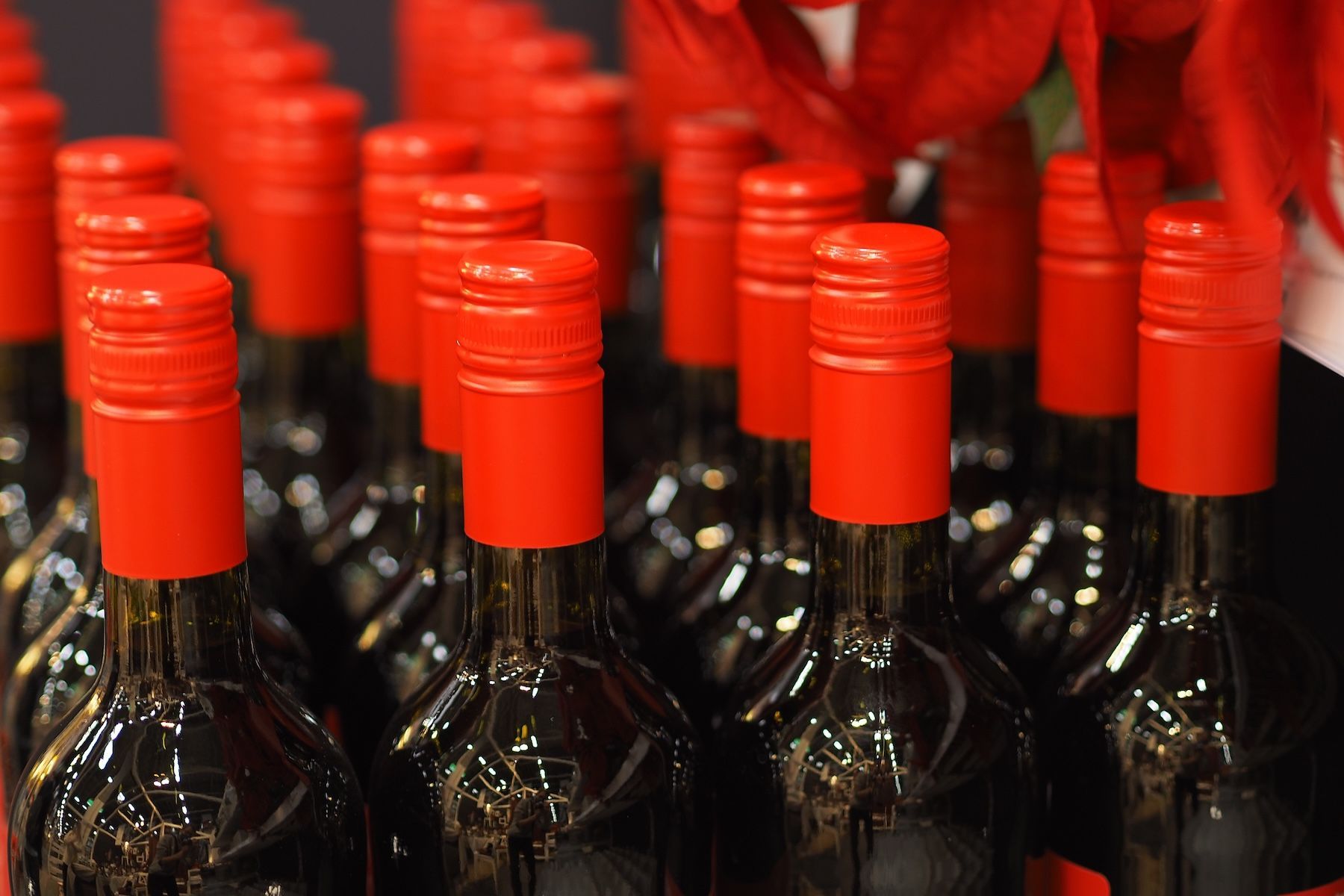
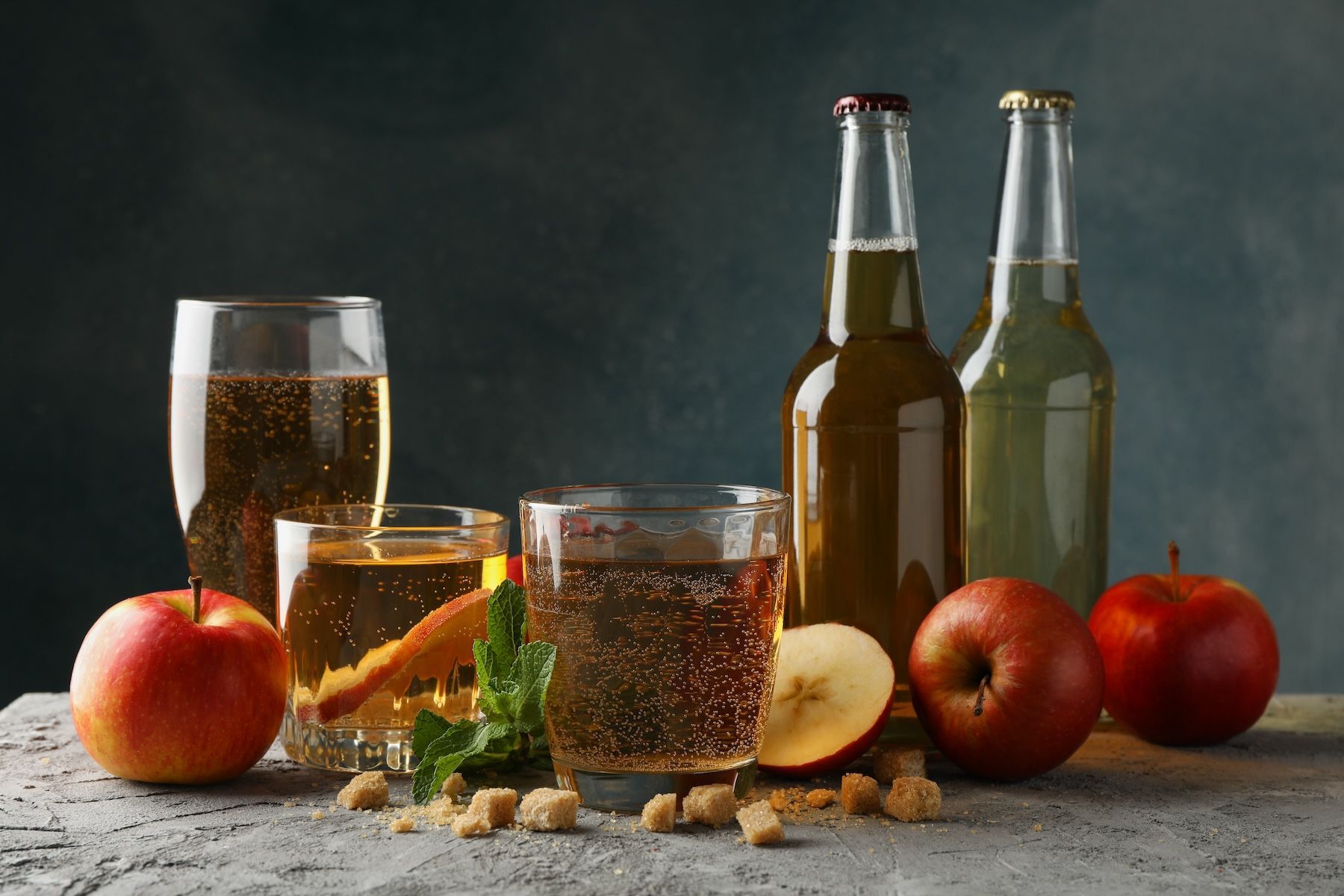


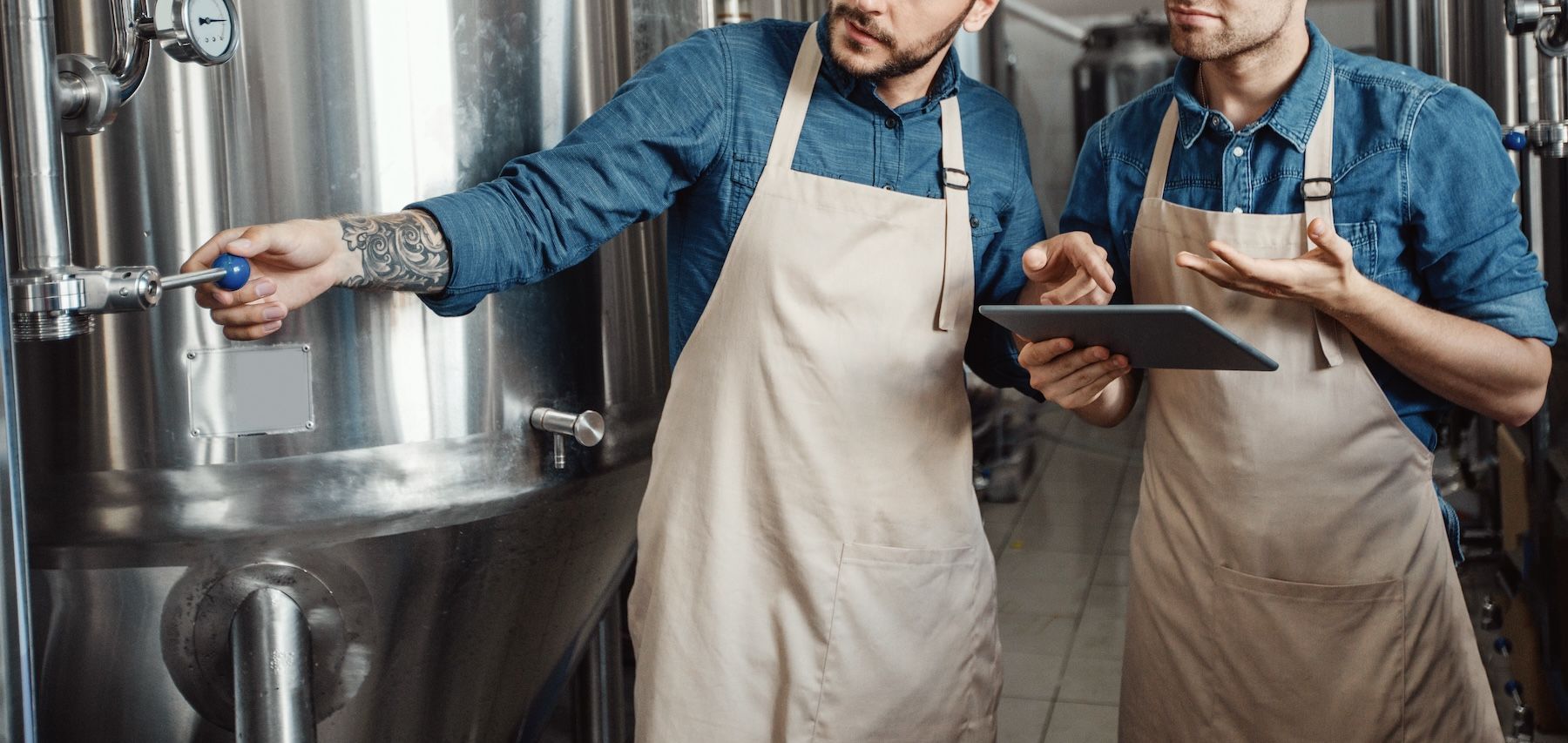
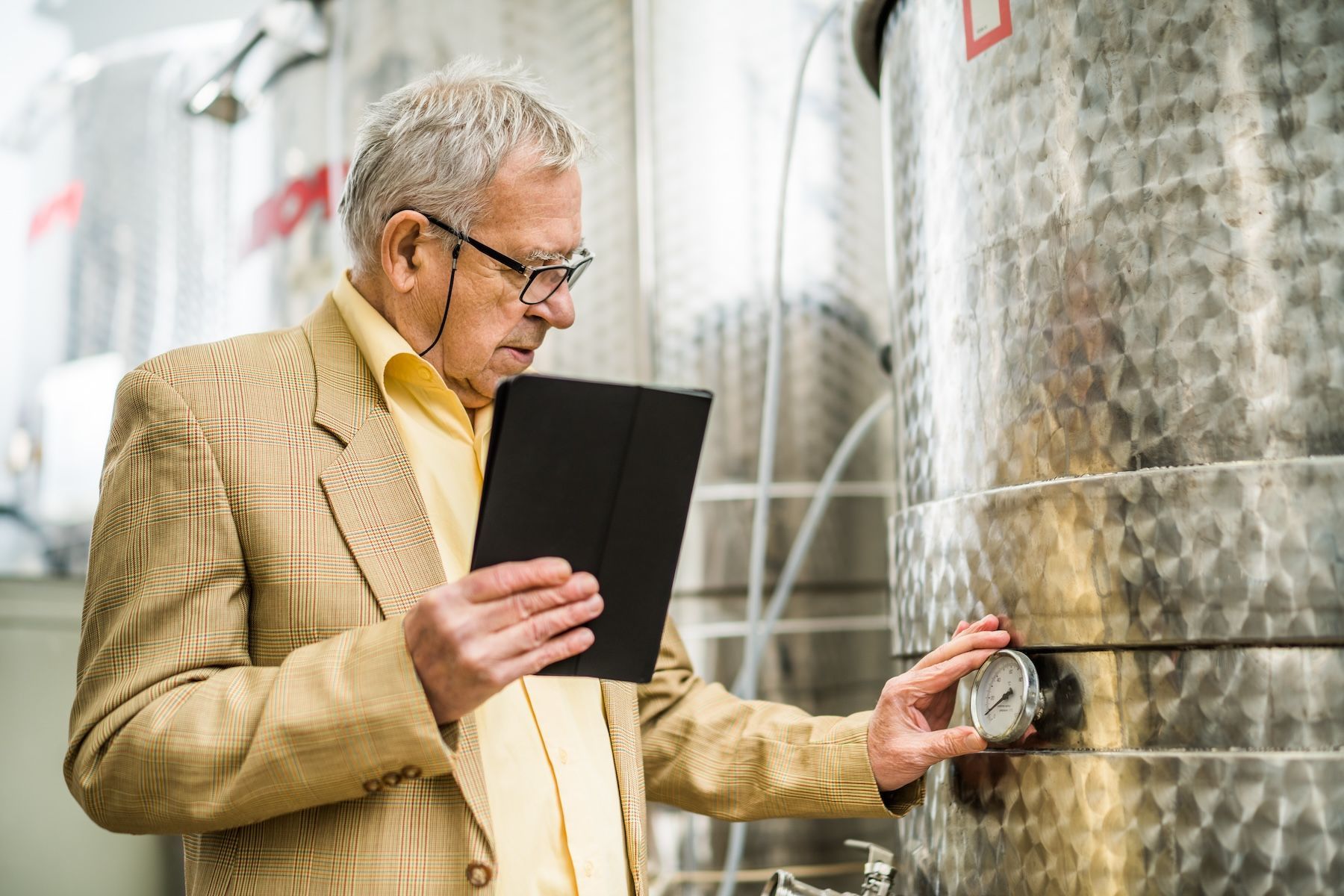


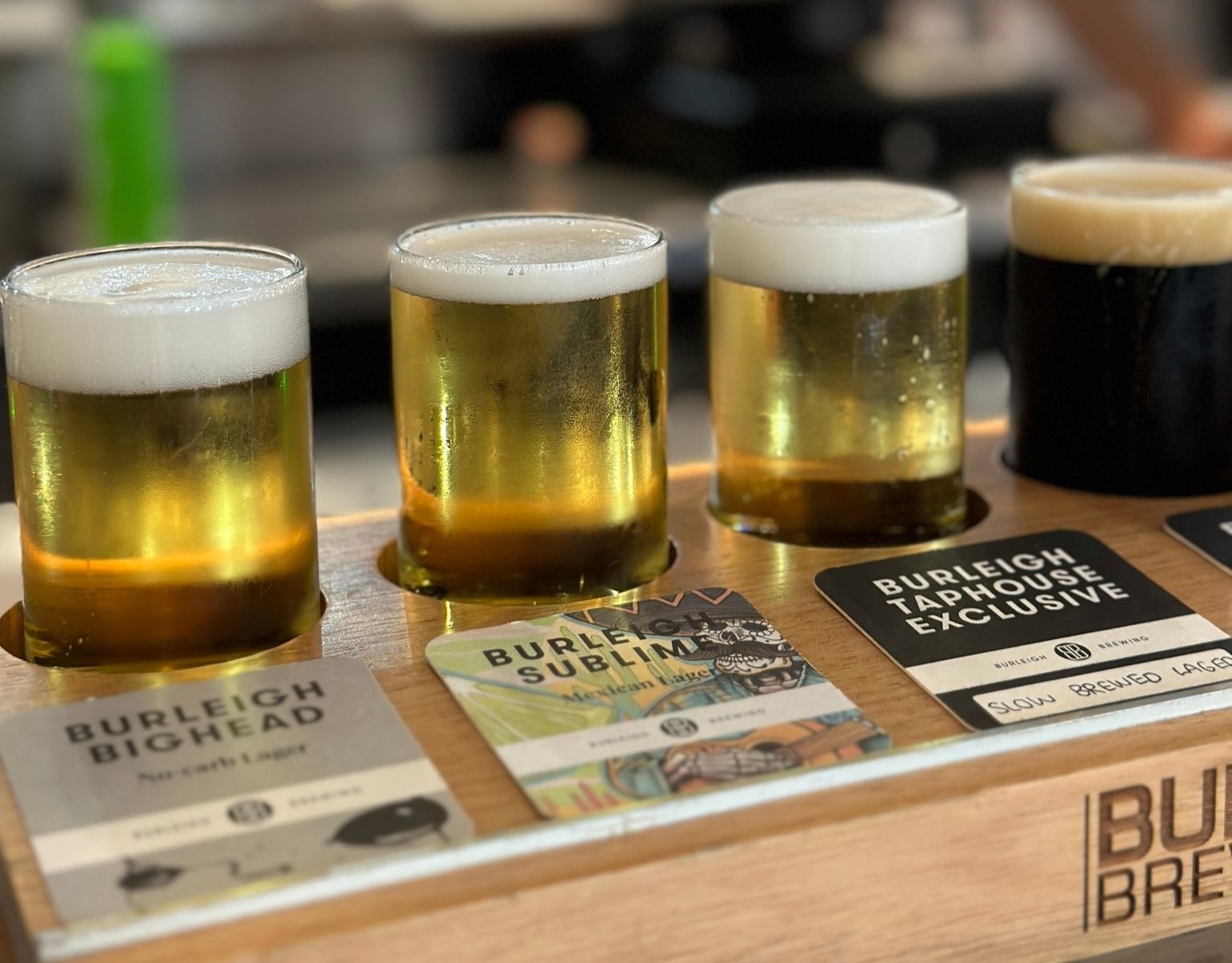
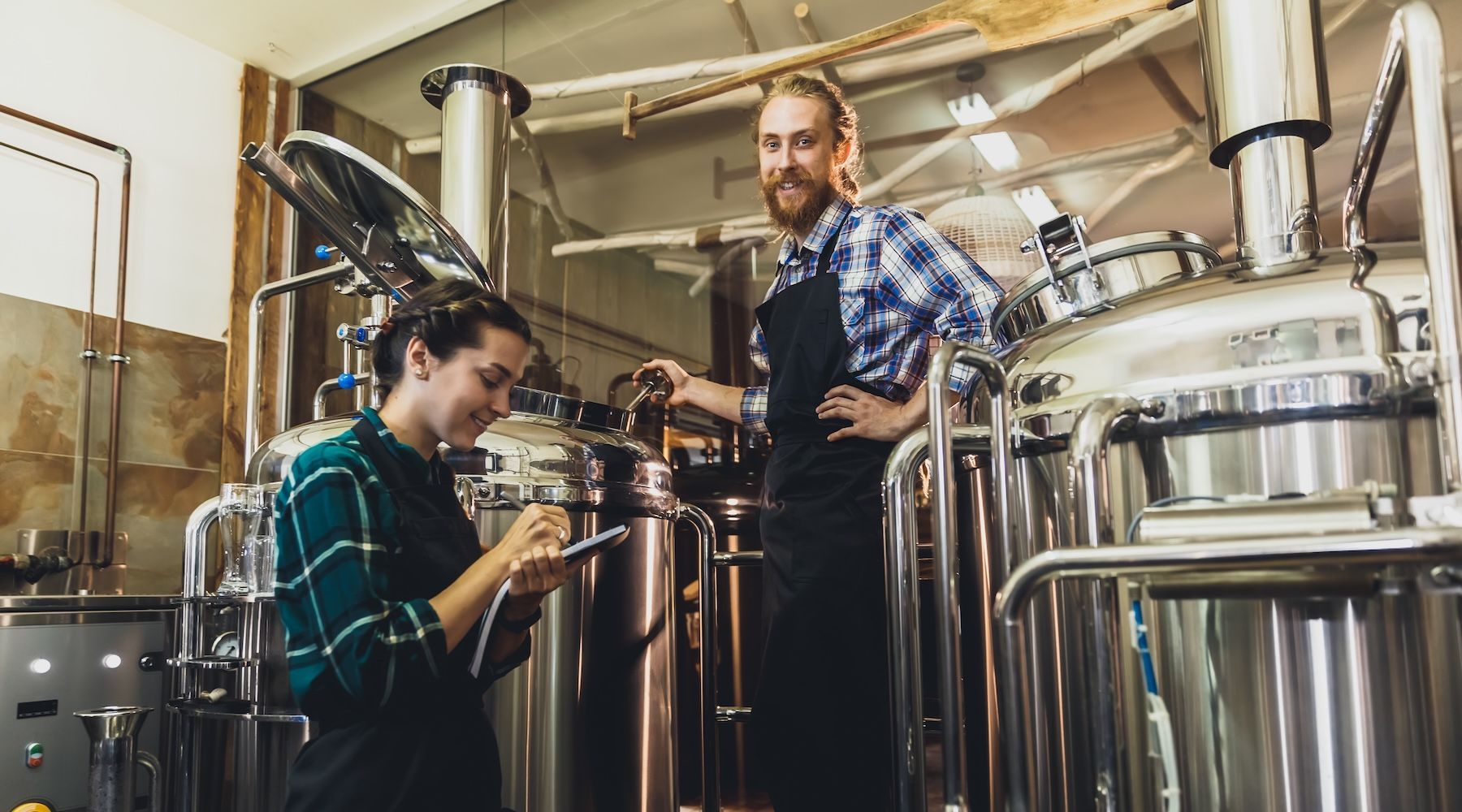
GET IN TOUCH
1512 Larimer Street, Suite #150
Denver, CO 80202
United States
(720) 699-0200
66 Goulburn Street
Sydney, NSW, 2000
Australia
+61 2 9044 1330

